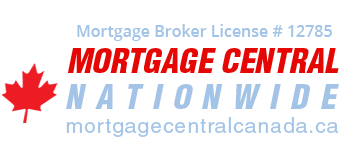How to Borrow Against Home Equity
Owning a home comes with a lot of financial responsibilities which can add up and make things difficult especially for those who are just making enough to cover their needs. For a lot of Canadians, having a savings account for unforeseen needs is not always possible and hence, tapping their home equity is one of the best financial solutions to cover a large expense. So, what should one know about borrowing against home equity?
For starters, home equity is defined as the value of one’s home that the homeowner truly owns. If you’re paying your mortgage, the money that goes towards payment builds your home equity. It can also be defined as the market value of the home minus the amount still owed in the mortgage. This means that when property prices increase, your home equity rises with it.
Borrowing Against Home Equity
Given the above, the first thing you should do before you borrow from your home equity is to determine how much home equity you have. You need a computation of how much you still owe in your mortgage and have your home appraised to know the current market value.
There are many different ways to borrow against home equity and they all come with specific requirements when it comes to the minimum home equity a homeowner should have before qualifying for a home equity loan.
Types of Home Equity Loans
There are 3 common or traditional ways to access home equity. By getting a home equity loan or a second mortgage, by getting a HELOC, or by refinancing your mortgage.
Getting a second mortgage will allow you to access up to 80% of your home equity. It works like other secured loans with the main difference being the fact that this one uses your home equity as security. Failing to pay a second mortgage can still result to you losing your home although, in case of continuous nonpayment, the primary mortgage will be the first one to get paid after assets are seized.
Getting a HELOC (Home Equity Line of Credit) is like getting a credit card with a relatively substantial credit limit and is backed by your home equity. Just like a credit card, you can keep borrowing from a set limit as long as you adhere to the set terms. A HELOC is great for covering small expenses that can’t be covered by your income. Most HELOCs require that you have at least 20% equity and a good credit score but some lenders may be more lenient.
Refinancing your mortgage allows you to access some of your equity after you break your first mortgage with your current lender. Refinancing will let you access up to 80% of your equity but remember that you’ll have to pay prepayment penalty fee for breaking your first mortgage.
Using Your Home Equity Loan
You can use your home equity loan to fund big projects, to invest in your home, pay for university education, or start a new business. The key to success with borrowing against your home equity is to approach the right lender with your intent and show that you’re capable of handling the loan you’re applying for. If you need help borrowing against your home equity, contact us at Mortgage Central Canada.



